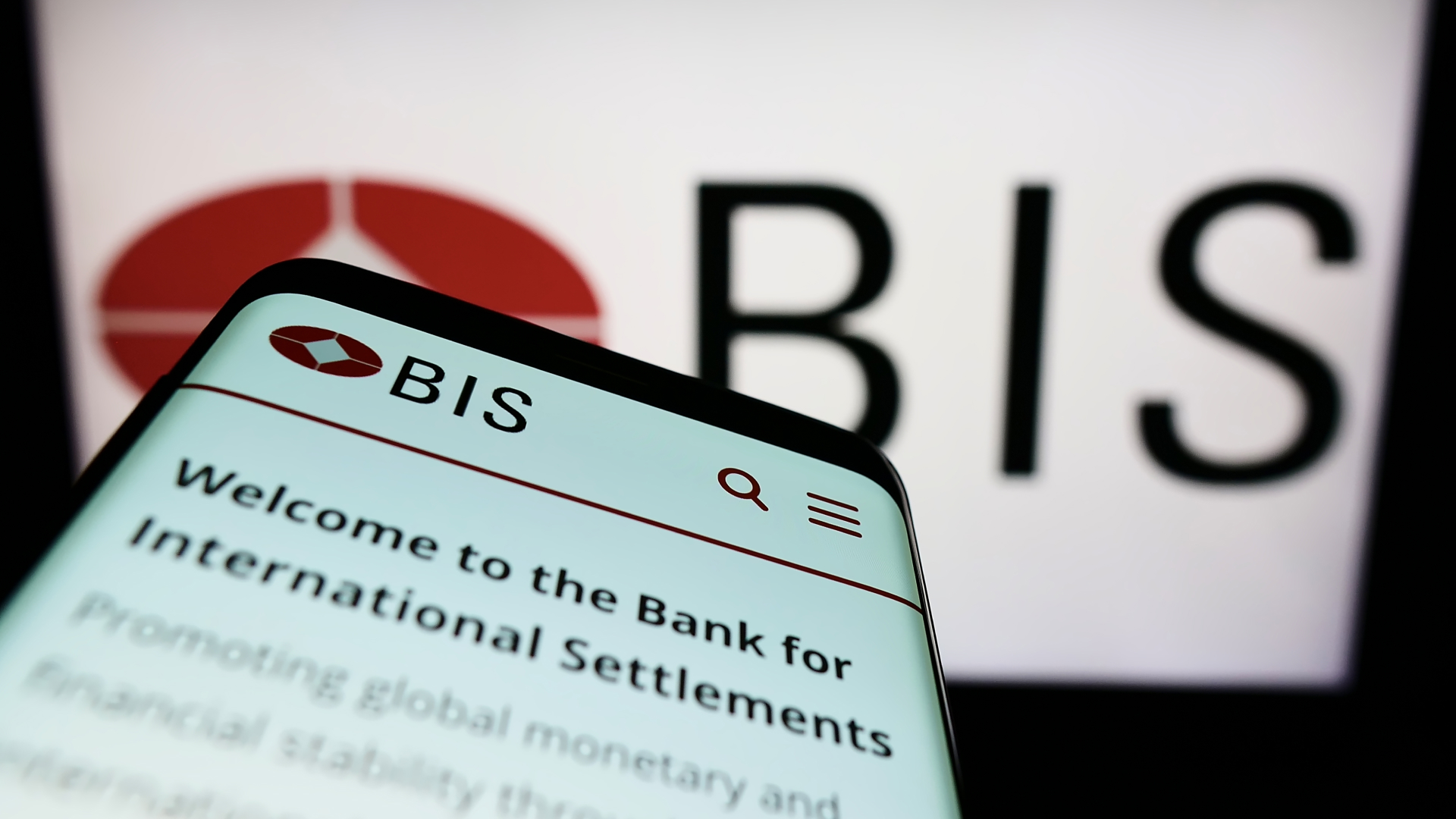Table of Contents
- Leaving the Crypto Sector Unregulated is no Longer Viable
- Ban, Contain, or Regulate Cryptocurrencies
The Bank for International Settlements (BIS) has released a bulletin suggesting three possible approaches to address the risks associated with cryptocurrencies to avoid collapses like what we witnessed in 2022.
The BIS, a global banking coordination body, has released a paper entitled Addressing the risks in crypto: laying out the options, in which it suggests three approaches to cryptocurrency regulation. The BIS maintains that after the chaos that ensued following the collapse of FTX, regulators can no longer afford to ignore crypto.
The recent crypto market turmoil highlights the urgency of tackling the risks. There are different lines of policy action, including issuing central bank digital currencies to encourage sound innovation. #BISBulletin #Crypto #CBDC #Regulation https://t.co/DnI4GXi35X pic.twitter.com/qVDPSWBBwC
— Bank for International Settlements (@BIS_org) January 12, 2023
Leaving the Crypto Sector Unregulated is no Longer Viable
In its piece, the BIS indicated that the collapse of FTX and Sam Bankman-Fried’s entire crypto empire demonstrated that the idea of decentralization in cryptocurrencies is often unrealistic and delusional as governance is concentrated in the majority of decentralized finance projects and for this reason, the industry is not at a point where it is ready to be completely self-governed. The crypto industry is exposed to many of the same vulnerabilities as traditional finance (TradFi), but risks are further amplified by the nuances of crypto. The authors of the BIS reason that we can therefore leave the crypto sector without proper regulation as the danger it poses to retail investors are far too great. The BIS opined:
Several business models in crypto turned out to be outright Ponzi schemes. These characteristics, coupled with the huge information deficit customers face, strongly undermine investor protection and market integrity.
Ban, Contain, or Regulate Cryptocurrencies
For the reasons stated above, the BIS has offered three approaches to deal with cryptocurrencies:
Depending on the targeted features of the crypto world and the relative efficacy of each measure, either as stand-alone measures or in combination, authorities could combine specific bans, containment and regulation. By way of illustration, individual jurisdictions could ban energy-intensive proof-of-work tokens or the distribution of algorithmic stablecoins. Some intermediaries that bridge TradFi and crypto could also be regulated. Other parts of crypto could be isolated as part of a containment strategy.
The BIS’s first approach includes a total ban on cryptocurrencies to eliminate all the associated risks. This approach would protect investors against vulnerabilities such as scams. They further argue that this approach would increase the stability of financial systems. Imposing a total ban on cryptocurrencies is however not viable as bans can be circumvented.
The BIS’s second approach is to isolate or contain cryptocurrencies from TradFi. By this, the BIS means ringfencing cryptocurrencies so that there is minimal overlap with TradFi. Experts however admit that such an approach is no longer possible as the industry has evolved to a point where it is intertwined with TradFi. This approach will also not offer investors improved protection.
The BIS offers to regulate cryptocurrencies as its third approach and from deduction, it seems to be the most realistic approach to take. Regulating crypto would mean governments can regulate the industry in much of the same way as traditional financial institutions. It argues that “responsible players,” meaning those entities that are committed to a safe and sustainable crypto industry, would benefit from proper regulation. Regulation would however be challenging in that it is difficult to identify a “reference point” in a decentralized space. A reference point refers to legal entities or responsible persons. The BIS however says that it sees the starting point of such an endeavor as the entity that has control over the protocol.
In its conclusion, the BIS has encouraged central banks to instill sound innovation and create payment solutions that will offer those who rely on the benefits of cryptocurrencies, such as cost-efficiency, speed, and financial inclusion, without the risks of cryptos. Alternatively, it has also been suggested that more central banks develop central bank digital currencies (CBDCs), and in this way, the global demand for cryptocurrencies could be significantly reduced.
Disclaimer: This article is provided for informational purposes only. It is not offered or intended to be used as legal, tax, investment, financial, or other advice.
Investment Disclaimer










